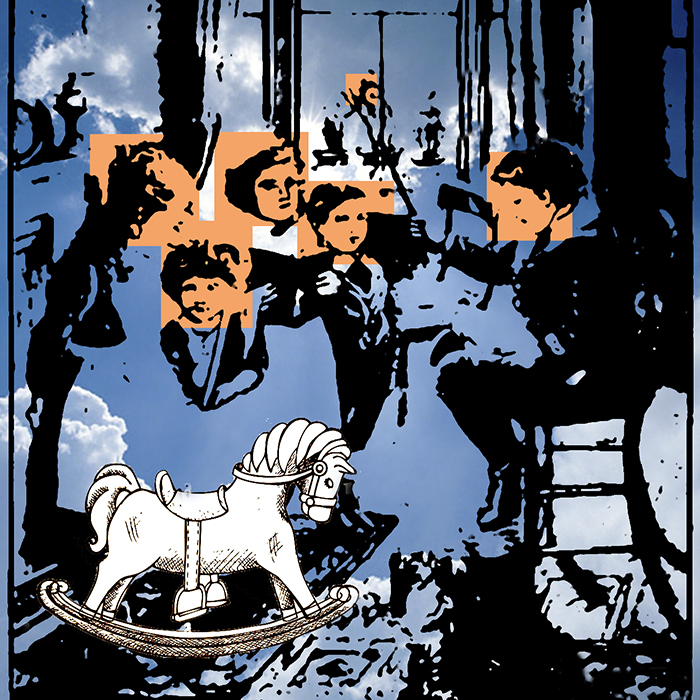The most effective work in schools is when the school identifies a small group or “taskforce” of people who are:

Initially this group or “taskforce” should have a defined, time bound task: work towards creating a more attachment and trauma aware school.
Defining the tasks will help you to stick to the focus, rather than allowing it to grow so broad that you cannot effectively address it
Your team should include:
Schools are busy places and nobody wants to attend meetings for the sake of it.
It is helpful to identify what each person has to contribute and how they can best make that contribution.
Key things to consider:
Then together think about who is contributing each of the following skills and information and when they are needed:
The group or “taskforce” needs to keep everyone in the school up to date with the progress they are making, so that staff feel that change is being done with them rather than to them. The group will also need to consult with adoptive parents and permanency carers within the school community. This is a particularly important aspect if the taskforce doesn’t include any adoptive parents (though this should be a key component) but it is recognising that the voice of one adoptive parent or permanency carer is not representative of the voices of all.

The BRIGHTER FUTURE project has been funded with support from the European Commission. This publication reflects the views only of the authors, and the Commission cannot be held responsible for any use which may be made of the information contained therein.
